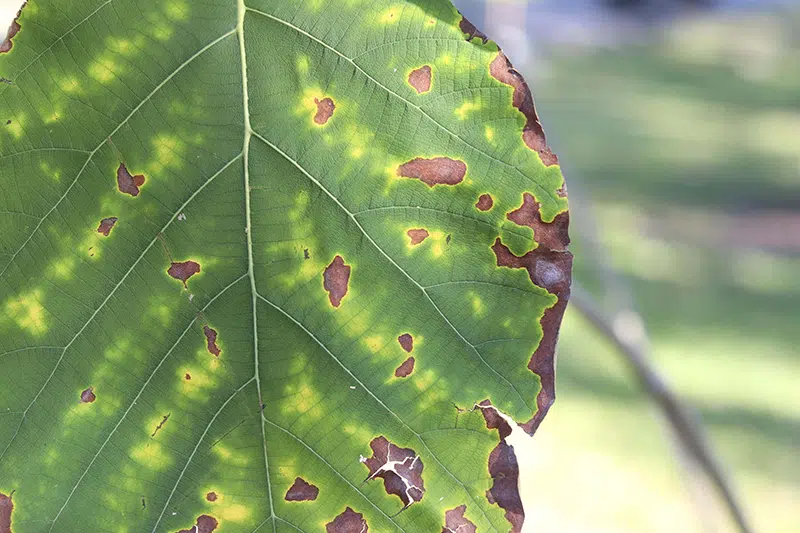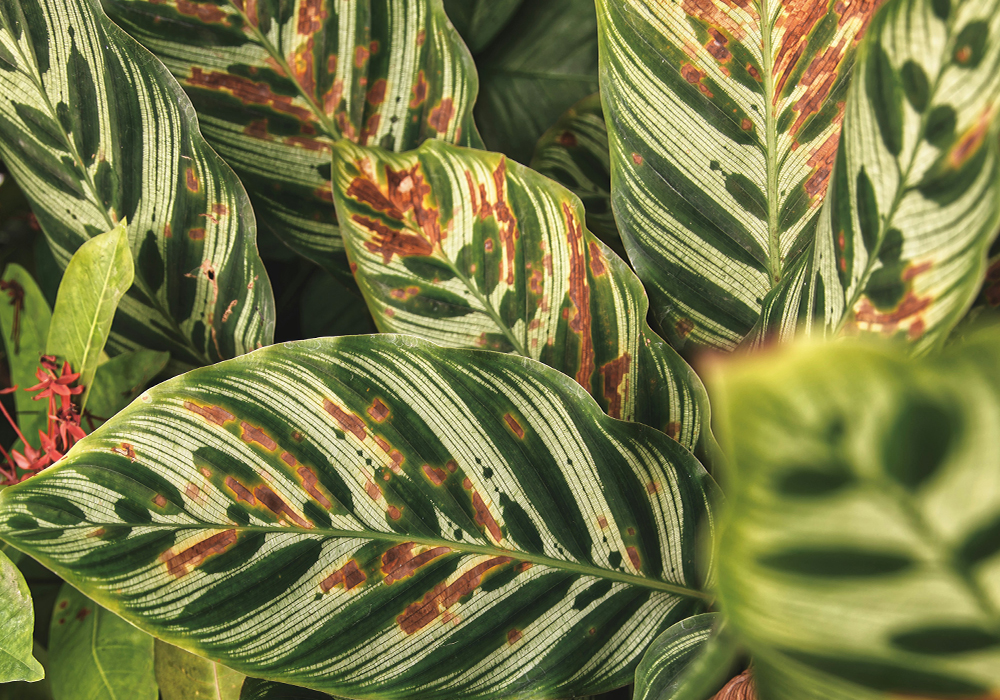Here at Grow With Mills, we have a great mix of gardeners and botany enthusiasts, we understand that plants require a precise balance of nutrients to grow and thrive. However, identifying signs of nutrient deficiencies and knowing how to rectify them can be quite a challenge. This article aims to provide an extensive guide on common nutrient deficiencies in plants and how to address them effectively.
Introduction to Nutrient Deficiencies
All plants require nutrients to grow and maintain optimal health. These nutrients come from the soil or other growing mediums, and in the case of hydroponics, from a pre-mixed nutrient solution. Ensuring the right amount and balance of nutrients is crucial for your plants.
There are two categories of nutrients that plants require: macronutrients and micronutrients. Macronutrients are needed in larger quantities and include elements like nitrogen, potassium, phosphorus, calcium, sulfur and magnesium. Micronutrients, although required in smaller amounts, are equally important. These include boron, copper, iron, manganese, molybdenum and zinc.
Most nutrient deficiencies are due to a lack of nutrient content in the growing medium or nutrient solution. However, environmental factors can also play a role. Unfavorable growing conditions can affect your plants’ ability to take up nutrients, which can occur if the growing medium is too acidic, alkaline, dry or waterlogged.
Spotting Signs of Nutrient Deficiencies
The most evident sign of nutrient deficiency in plants is leaf discoloration or distortion. However, it’s crucial to understand that many deficiency symptoms look similar, and it’s common for plants to experience multiple nutrient deficiencies simultaneously.
Here are some common symptoms of nutrient deficiencies in plants:
- Yellow leaves
- Yellow or brown leaf edges
- Holes in leaves
- Leaves appearing burnt or scorched
- Leaves having a purple or red tone
- Yellowing between leaf veins
- Small or stunted leaves
- Yellow or brown spots on leaves
- Twisted or misshaped leaves
- Stunted roots
- Yield differences
- Crop failure

Pre-Treatment Checklist
Before you start any treatment, it’s important to rule out other factors that could be affecting your plants’ health. Use this checklist to assess whether there are any other issues:
- Examine for signs of insects or diseases.
- Evaluate your soil conditions.
- Check the quality of water.
- Monitor the temperature of your growing environment.
- Evaluate your nutrient strength.
- Ensure your pH (potential Hydrogen) levels are optimal.
- Consult an expert if you suspect a nutrient deficiency in your cash crop.
Macronutrients: Their Role and Deficiency Signs
Each nutrient plays multiple roles within a plant, which is why deficiency symptoms may seem diverse. Let’s take a look at each macronutrient, and their symptoms of deficiency.
Nitrogen Deficiency in Plants
Leads to chlorosis (yellowing) of older leaves and overall stunted growth due to reduced protein synthesis.
Phosphorus Deficiency in Plants
Causes dark green or purplish foliage and stunted growth, affecting root development and energy transfer.
Potassium Deficiency in Plants
Results in chlorosis and necrosis at leaf edges and tips, weak stems, and reduced resistance to pests and diseases.
Calcium Deficiency in Plants
Leads to distorted or irregular growth, particularly in young leaves and growing points, and blossom end rot in fruits.
Magnesium Deficiency in Plants
Causes interveinal chlorosis in older leaves and can lead to leaf curling and necrosis due to impaired photosynthesis.
Sulfur Deficiency in Plants
Results in uniform chlorosis of young leaves, resembling nitrogen deficiency, and overall stunted growth.
Micronutrients: Their Role and Deficiency Signs
Micronutrients, although required in smaller amounts, are crucial for plant health. Let’s look at each micronutrient, and the common symptoms of its deficiency.
Boron Deficiency in Plants
Leads to impaired cell growth and division, resulting in brittle, malformed leaves and fruits, and poor seed and fruit development.
Iron Deficiency in Plants
Causes chlorosis (yellowing) of leaves due to insufficient chlorophyll production, leading to stunted growth.
Chlorine Deficiency in Plants
Results in wilting, chlorosis, and stunted root systems due to disrupted osmotic and ionic balance.
Manganese Deficiency in Plants
Leads to interveinal chlorosis, necrotic spots on leaves, and reduced photosynthesis efficiency.
Copper Deficiency in Plants
Causes young leaves to appear pale and withered, leading to a decrease in photosynthesis and overall stunted plant growth.
Molybdenum Deficiency in Plants
Leads to nitrogen deficiency symptoms, such as chlorosis and stunted growth, due to impaired nitrogen metabolism.
Nickel Deficiency in Plants
Results in the accumulation of urea, leading to leaf burn, necrosis, and potentially seed germination issues.
Zinc Deficiency in Plants
Results in reduced leaf size, shortened internodes, and interveinal chlorosis, known as “little leaf” or “rosette” disease.
If you’re noticing any of these deficiencies in your plants and you’re not sure what to do. Get in touch with the Mills experts today for expert advice.
Importance of Regular pH, EC and Temperature Measurement
Regular measurement of pH, EC and temperature can drastically reduce the occurrence of nutrient deficiencies. These three parameters are essential for achieving optimal plant health.
Conclusion
Understanding the signs of nutrient deficiencies and knowing how to address them is key to maintaining the health of your plants. Regular monitoring and taking swift action can ensure that your plants receive all the nutrients they need to grow and thrive.





